Are Western sanctions on Russia really working?
Do penalties equal punishment?
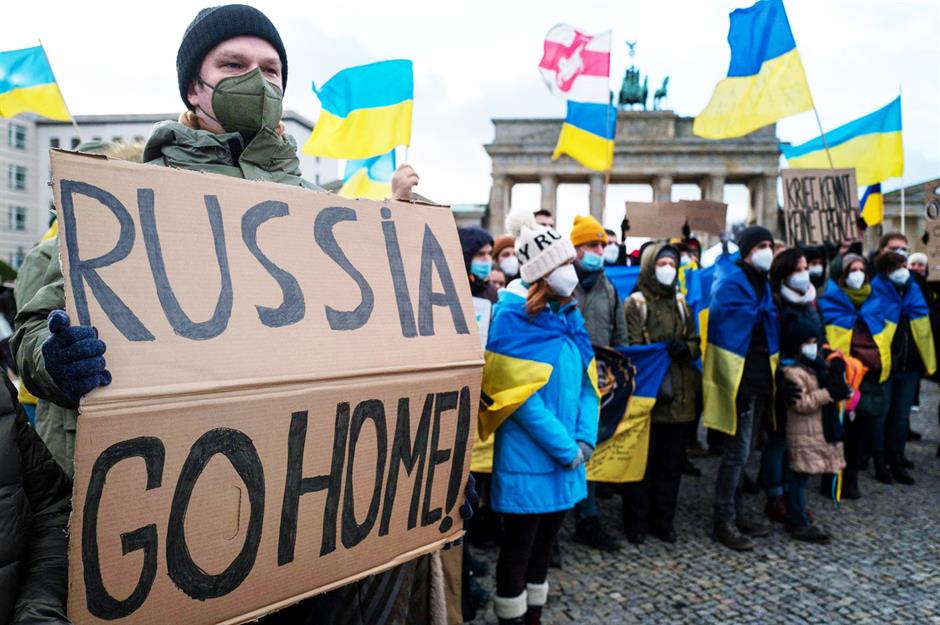
Today marks the anniversary of Vladimir Putin's invasion of Ukraine. Over the past year, Western nations have slapped Russia with a wide range of sanctions, including oil and gold embargoes, export bans on critical technologies, and oligarch asset freezes. But is the barrage of tough penalties actually having the desired effect?
Read on to find out whether the penalties are hitting the Russian war machine where it hurts, or failing as miserably as Putin – and even some Western commentators – have insisted. All dollar amounts in US dollars, unless otherwise stated.
Countries involved

A number of governments have imposed sanctions on Russia since it invaded Ukraine in late February 2022.
Among them are the US, the EU, Japan, the UK, Canada, South Korea, Australia, Switzerland, Norway, Taiwan, Singapore, New Zealand, and the Bahamas.
In addition to this, over 1,000 major multinational companies have either quit the country completely or drastically limited their operations there.
Fundamental goal

The ultimate aim of these penalty actions is to prevent the Kremlin from pursuing the war in Ukraine.
The West has opted to take a multi-pronged approach to weakening Russia, in the hope that the country won't be able to sustain its aggression. The many sanctions fall into three key camps.
Financial penalties
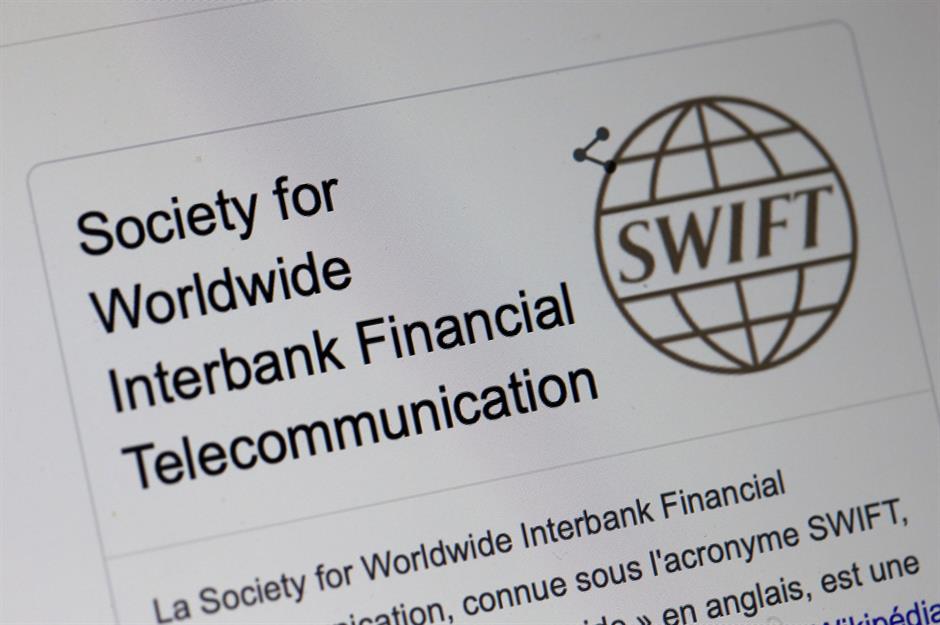
First are the financial penalties that are targeting the Russian state in order to isolate it from the global economy and starve the Putin regime of the money it needs to fund its war machine.
These have included removing Russia from the SWIFT money transfer system, as well as freezing half of the country's $640 billion (£552bn) foreign exchange reserves. As part of the new sanctions package announced this month, the EU will also impose new financial penalties against four Russian banks, according to POLITICO. This will include Alfa-Bank, the largest private bank in Russia.
Sanctions on industries and firms
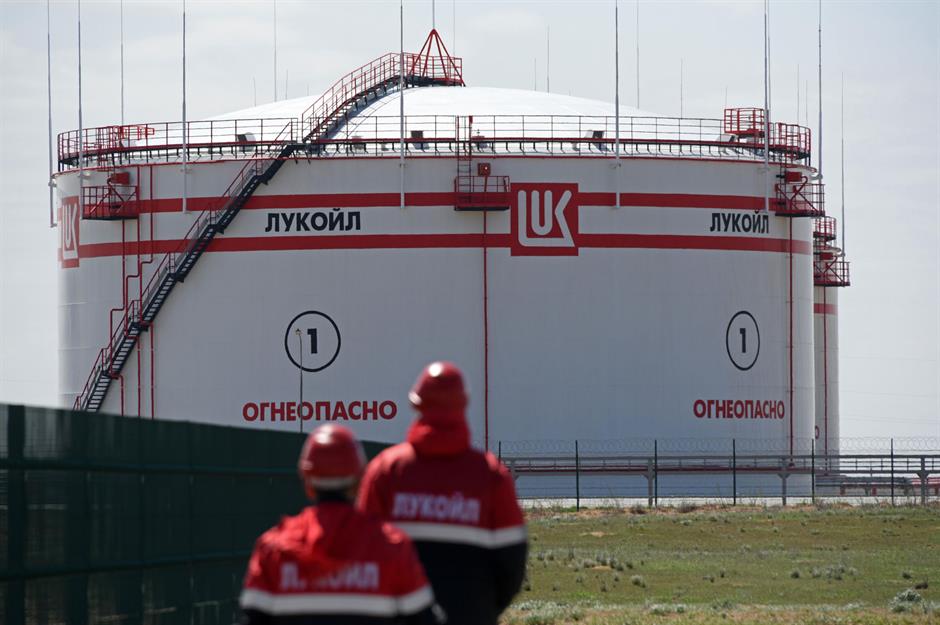
Next up are the sanctions placed on Russian industries and companies, which include draconian trade restrictions ranging from an embargo on Russian oil and gold to import and export bans.
In addition to cutting off lucrative revenue streams for the Kremlin, these sanctions deprive the Russian military-industrial system of the machinery and tech it needs to wage war, much of which is manufactured in the West.
The EU is apparently still finalising its latest sanctions package, but it will definitely include trade bans on imports of Russian rubber and asphalt, as well as EU exports of items such as vehicles, construction machinery, and electronic components that could be used to make weapons.
Sanctions on individuals

The third type of sanctions are those levied on individuals, which include travel bans and asset freezes affecting a number of Putin's wealthy inner circle.
The purpose of these penalties is less clear. However, they could be a way of getting to some of Putin's ill-gotten overseas assets, which various now-sanctioned oligarchs are said to look after on his behalf.
Western posturing

Sanctioning Russia's super-rich and seizing their mansions, yachts, and private planes also makes Western governments look like they're acting tough and plays well with public opinion.
There's also the hope that targeting members of the nation's elite will encourage them to persuade Putin to call off the war – or even lead them to rebel against him and instigate a coup.
Oligarch control
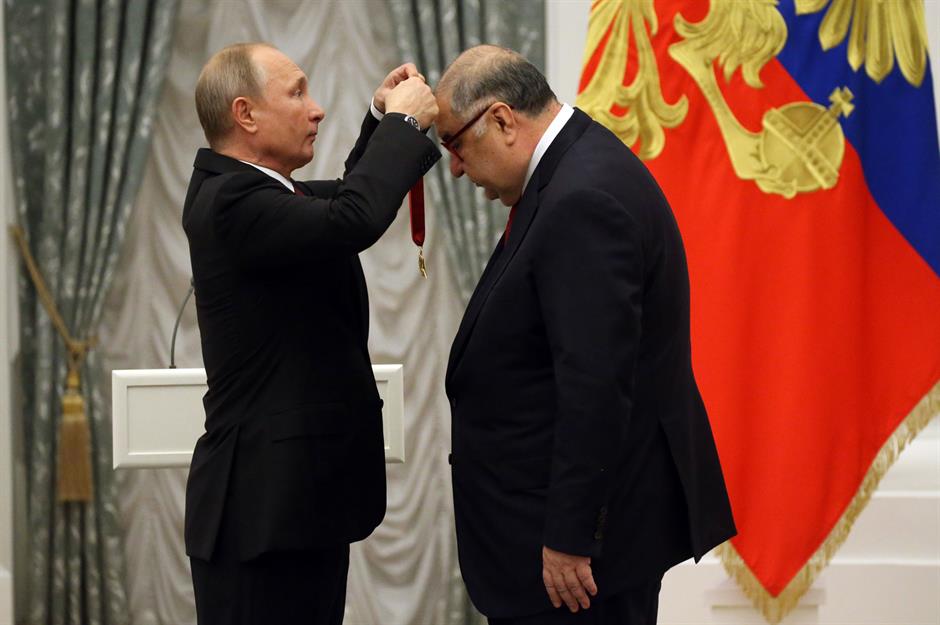
Yet, as any Russia expert will tell you, Putin has a stranglehold on his country's oligarchs, who include the likes of Alisher Usmanov (pictured here with the president) and Roman Abramovich.
They exert zero influence over the leader, and are at his beck and call. The idea that they could join together and put pressure on the Kremlin – let alone stage a coup – isn't taken seriously by those in the know.
In fact, these individual sanctions may even prove counterproductive...
Ineffective penalty?
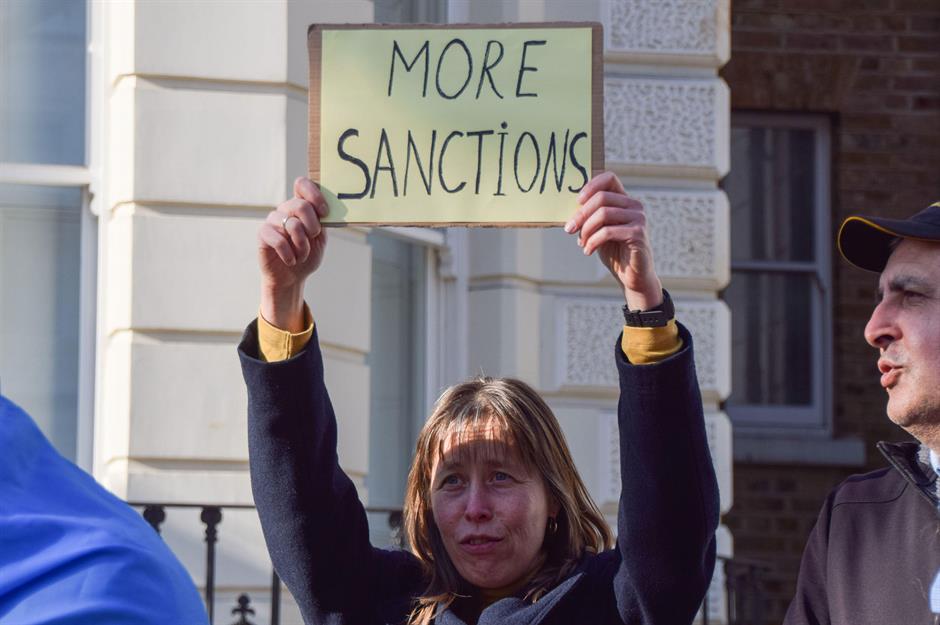
Now considerably more reliant on Putin, the sanctioned oligarchs are likely to be more loyal than ever before.
On the other hand, some people, including the imprisoned Russian opposition leader Alexei Navalny, have argued that the sanctions on individuals don't actually go far enough.
Regardless, the effectiveness of this type of penalty has largely been negligible.
Economic resilience

Debate has also raged over whether the financial sanctions imposed on the Russian government are working as intended.
On the face of it, the nation's economy has held up remarkably well. Following a precipitous drop shortly after the invasion, the rouble recovered spectacularly to become the world's strongest-performing currency for much of last year.
Currency performance
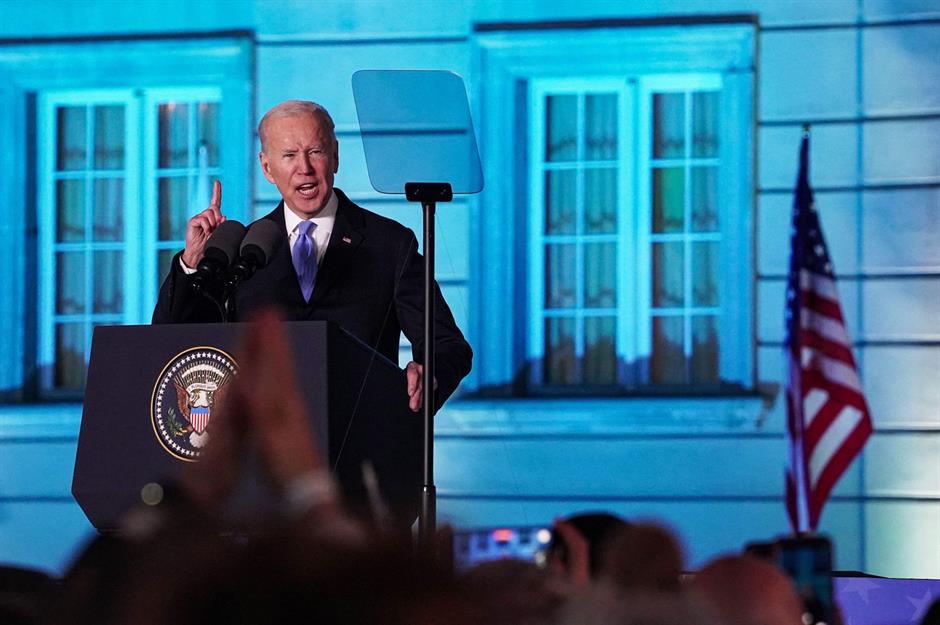
This no doubt left the likes of America's President Joe Biden, who announced last March that the rouble had "almost... immediately been reduced to rubble", red-faced.
Russia's central bank acted quickly, introducing strict capital controls and steep interest rate hikes that have stabilised the rouble and prevented a catastrophic currency meltdown.
But the latest data suggests the rouble could be heading for more trouble. According to Reuters on 14 February this year, the rouble has hit a near 10-month low against the US dollar, mainly due to "lower foreign currency revenue inflows from hydrocarbon exports".
Oil exports

Despite Western bans and restrictions, Russia continued to export vast quantities of oil last year and managed to make up shortfalls by massively increasing shipments to countries such as China and India. And while Russian oil is selling at a discount in these Asian markets, the high price of the commodity globally for much of 2022 has helped to offset the markdowns.
In fact, the Russian Federation actually increased its oil output by 2% last year. At the start of 2023, however, the nation announced that it would be cutting its oil production by 500,000 barrels a day – or around 5% of its typical monthly output – from March onwards in response to global sanctions, which have included a price cap on Russian oil.
Although these cuts are likely to have an adverse effect on the global economy, Russia itself won't emerge unscathed from the plan; in January, the Kremlin's oil and gas revenues were down 46% from last year, according to Russia's own Finance Ministry, and further cuts should cause the numbers to fall further... or will it? The Bank of America is dubious, even predicting that Russia could reclaim its position as the world's number-one oil exporter despite ongoing sanctions.
Gas sales
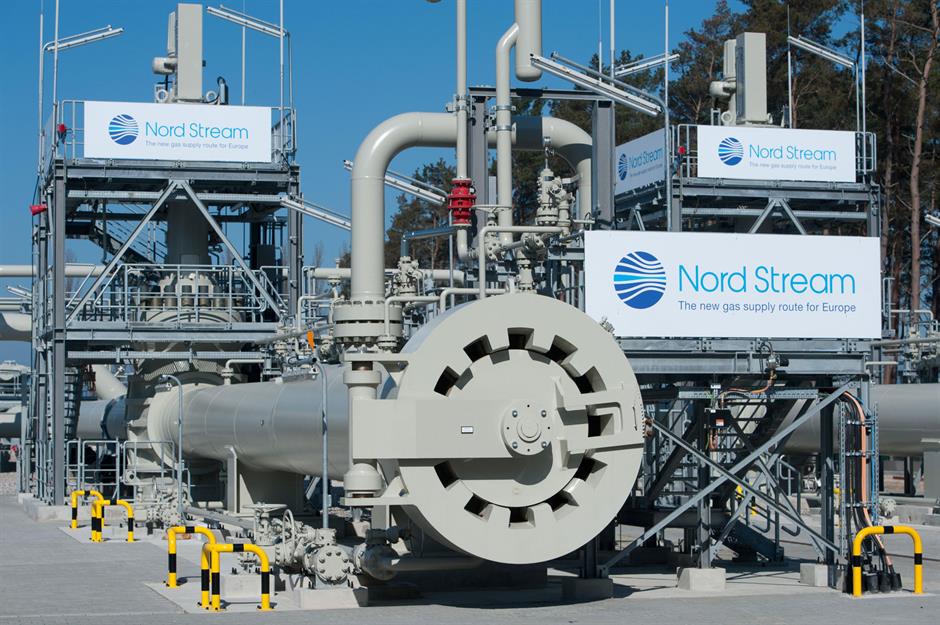
The revenue that Russia has made from gas sales to the EU has certainly helped to line the government's coffers.
While supplies have been markedly reduced, or cut off completely in the case of countries like Poland and Bulgaria, the EU has continued to buy Russian gas.
With prices at record highs – largely due to the Kremlin's manipulation of supply – this has translated to a significant windfall.
Bumper revenues
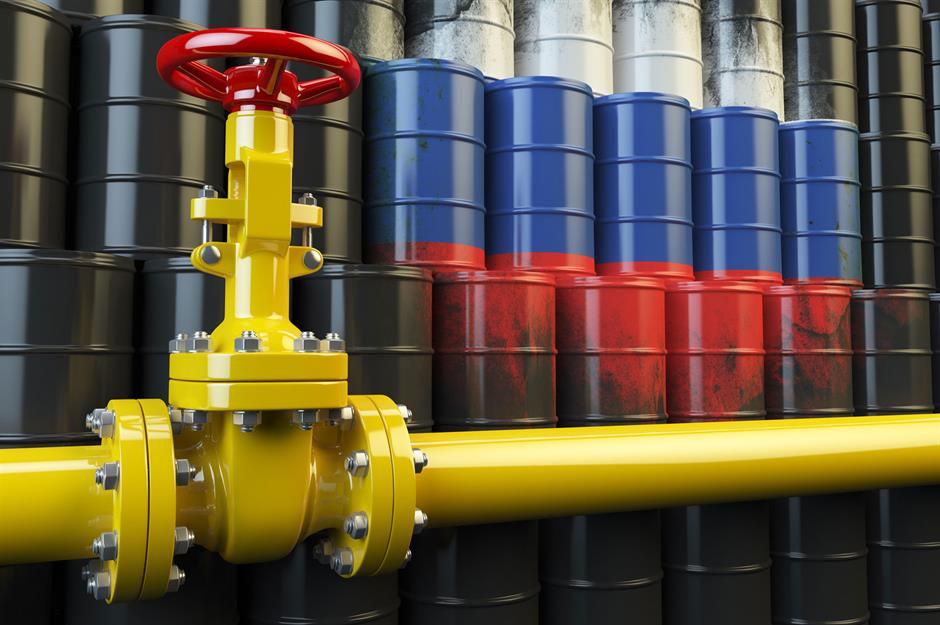
Throughout 2022, Russia made around $218 billion (£179bn) from exporting oil and around $138 billion (£113.3bn) from exporting natural gas, according to estimates from the Russian government and International Energy Agency (IEA). The Centre for Research on Energy and Clean Air (CREA) has found that a substantial portion of this revenue came from the EU.
The combined figures eclipse the estimated $102 billion (£88bn) that the Kremlin has spent pursuing the war in Ukraine.
Western withdrawal

The effectiveness of other trade-related measures, such as the withdrawal of Western companies from Russia, has also been questioned.
In terms of big-name firms like McDonald's and Starbucks, the businesses were simply sold to local buyers and continue to operate with similar products and branding.
Consumer impact

Reports suggest that food prices are falling in Russia, thanks to the subsidies that the government is able to provide due to its hefty oil and gas revenues. In contrast, the cost of food is rising steeply across Europe and elsewhere,
Plus, in spite of a ban on Western luxury goods entering Russia, the nation's elite have still been able to obtain many of the high-end products they crave on the international grey market.
Low unemployment, but in which sectors?
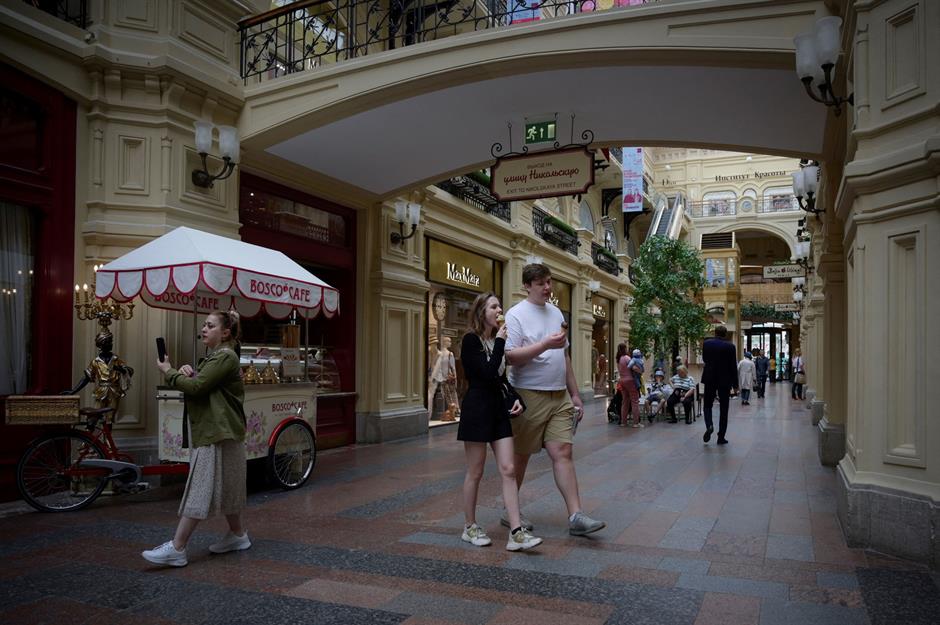
Unemployment has remained low, dropping even to post-Soviet levels, while wages are on the up. However, as these figures come from official Russian sources, they should be treated with caution. (As The Week notes, it's also important to recognise that military conscription counts as employment. Russia is believed to have conscripted 300,000 soldiers since the start of the war.)
Either way, the chances of the Russian people, rich or poor, rising up against the government are slim: they're simply not suffering enough to warrant it.
Upgraded forecasts

One thing is certain: the Russian economy is shrinking less than expected.
Ignoring official Russian figures, which are questionable to say the least, the International Monetary Fund (IMF) has put the contraction for 2022 at 6%. Predictions from earlier in the year were a lot more pessimistic, with the Institute of International Finance projecting a contraction of 15%.
And it seems as though the outlook will only get brighter. The IMF is now suggesting the Russian economy will slowly return to health, with output expected to increase by 0.3% this year and 2.1% in 2024. Compare this to the outlook for the UK economy, which the IMF expects to contract by 0.6% this year.
Strong currency illusion
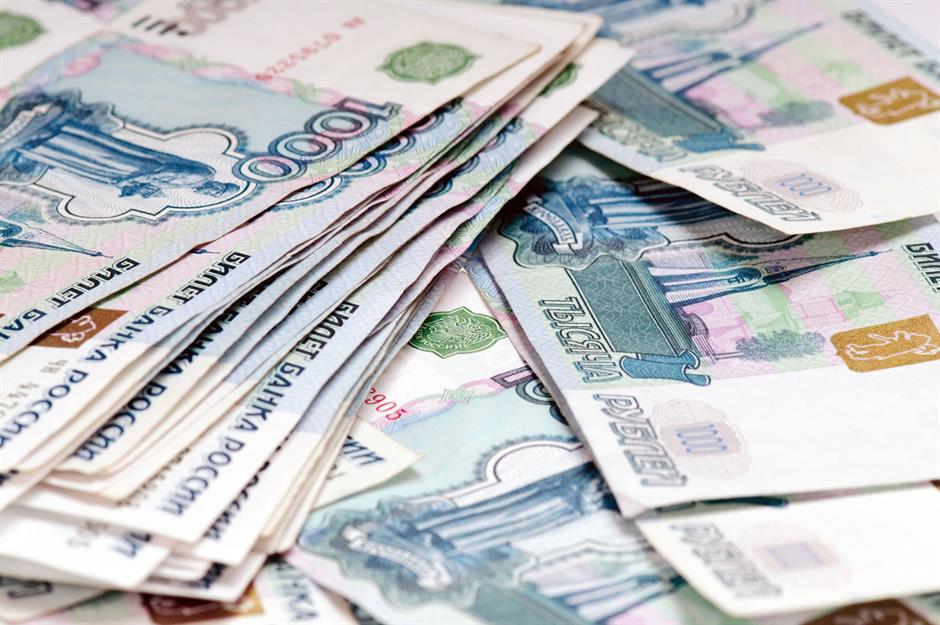
Be that as it may, the Russian economy is actually in dire shape if you dig a little deeper.
The recent appreciation of the rouble, for instance, should be no cause for celebration for the Kremlin, as it's actually a sign that the sanctions are working.
Rather than evidence of a strong currency, the real reason the rouble has spiked is because Russian imports have been decimated while exports have skyrocketed.
Dwindling imports
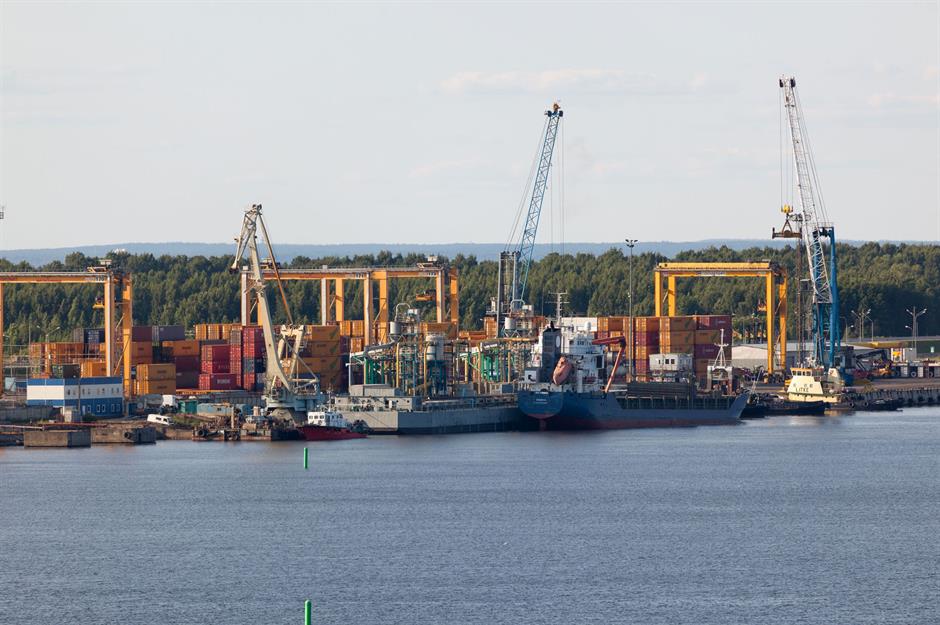
This has resulted in a trade surplus, which has temporarily boosted the currency.
Western bans on exporting so-called dual-use goods – items that could be used for military purposes, as well as advanced technology items – are pummelling Russia's manufacturing industry and, more crucially, the country's military-industrial complex.
Yale report

A recent report released by Yale University's Chief Executive Leadership Institute analysed the Russian economy during the five months following the invasion of Ukraine. It paints a stark picture.
The report's authors debunk claims from both Russian commentators and several in the West that the economy is doing well, concluding that Russia is actually being "crippled" by the sanctions.
Kremlin report

Intriguingly, the findings of the Yale researchers are largely backed up by an internal Kremlin report that Bloomberg journalists were shown last summer.
In stark contrast to what the Russian government is saying publicly, the top-secret memo warns of profound and prolonged damage to the country's economy.
Parts shortages
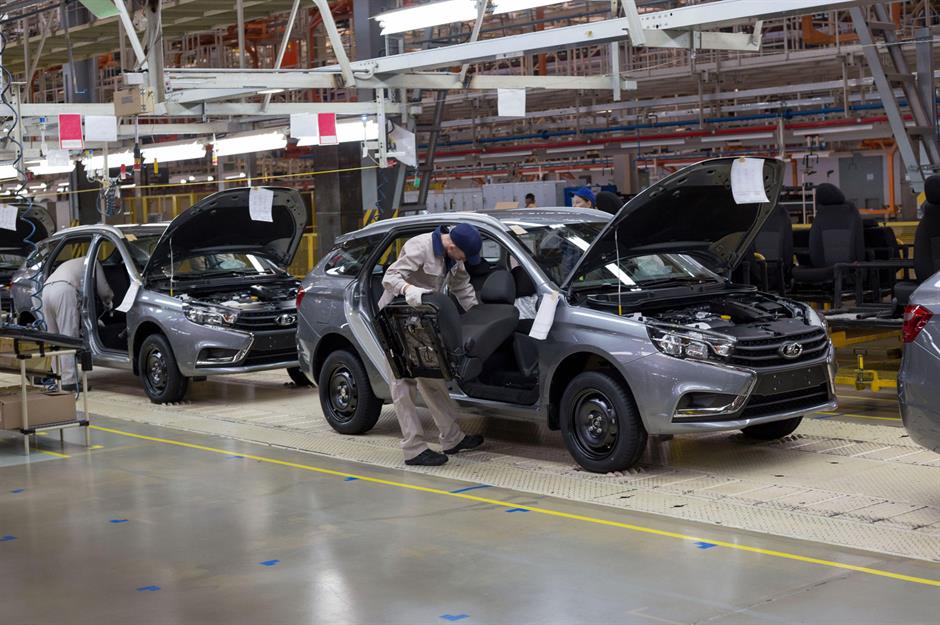
The Yale study focuses particularly on the trouble that Russia is having sourcing crucial machinery and parts.
Combined with an exodus of tech and other skilled workers, this is having a devastating effect on Russia's manufacturing sector.
According to the report, "domestic production has come to a complete standstill with no capacity to replace lost businesses, products and talent".
By way of example, the production of cars was down 89% year-on-year in 2022, while output across various other industries has slumped enormously too.
Microchip scarcity

The real game-changer when it comes to the war is the impact that trade bans are having on Russia's military.
The country's armed forces are reliant on Western-made microchips, as well as components and machinery to produce the weapons they need to win the war in Ukraine.
The lack of semiconductors is proving to be a major hindrance.
White House threats
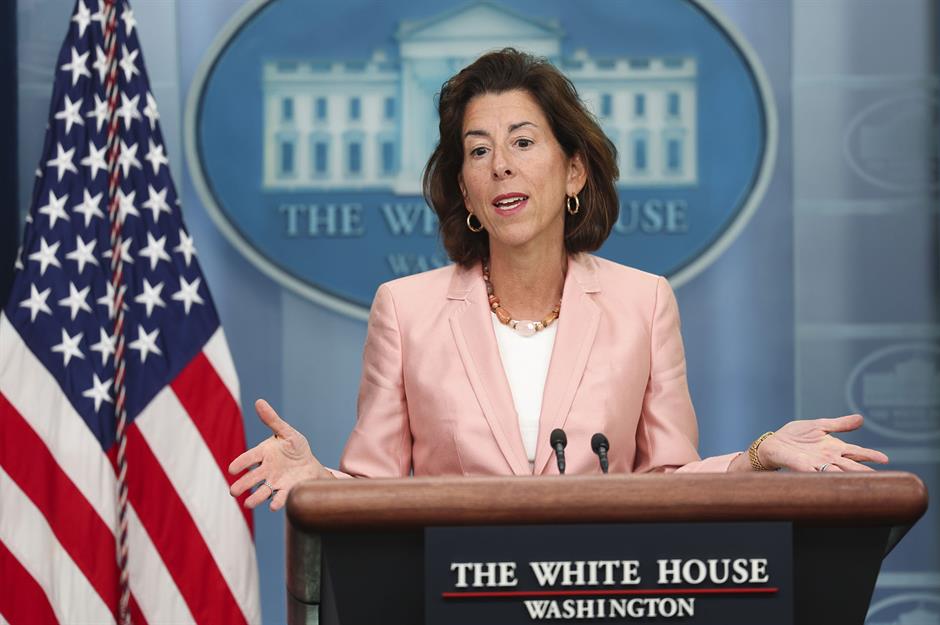
And Russia can't even rely on China to supply it with microchips through the back door.
The US has essentially vowed to shut down Chinese chipmakers that dare to do this by denying them the American technology they need to make semiconductors in the first place. Gina Raimondo, the US Secretary of Commerce, has repeated the threat on several occasions.
Desperate measures
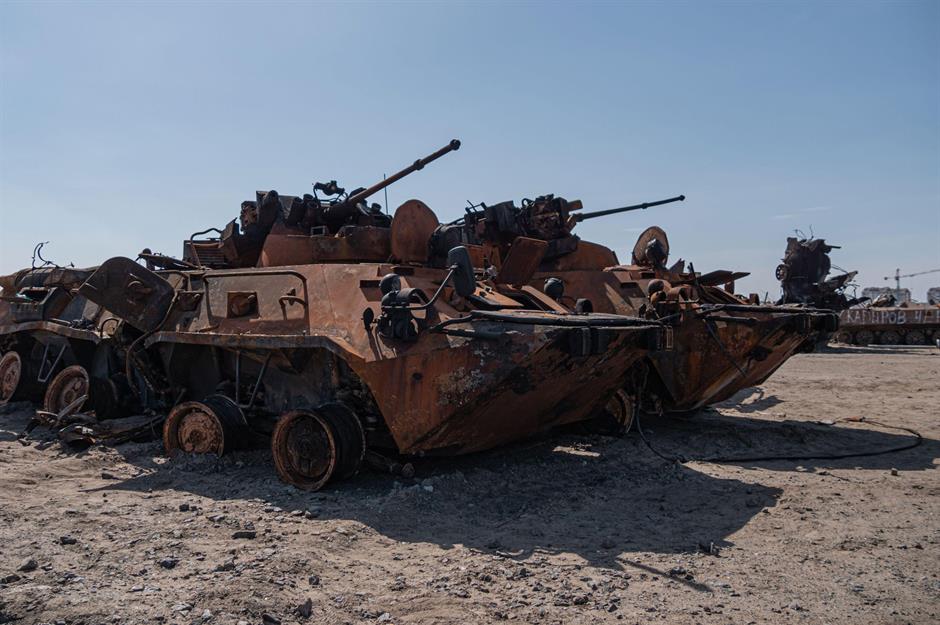
Without those all-important chips, Russia is hamstrung – and the signs are starting to show.
Reports have emerged of the military having to ransack households' fridges and dishwashers to find semiconductors that it can use in its tanks.
Leaked "shopping lists" have shown just how desperate Russia is to get hold of American-made microchips and other vital technological components.
Weaponry woes
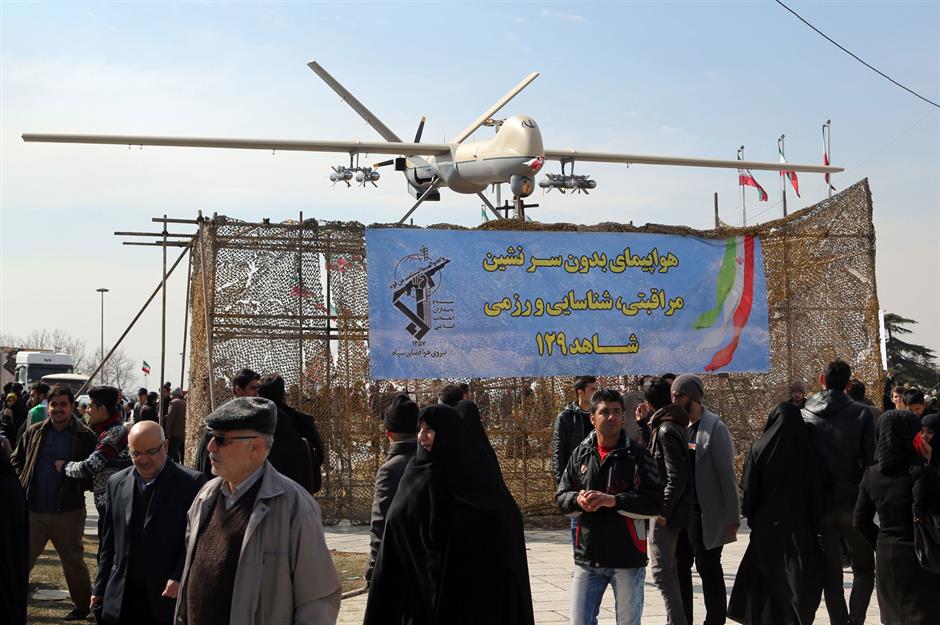
The fact Russia is being forced to deploy Soviet-era hardware on the Ukrainian battlefield is another sign that it's experiencing extreme difficulty when it comes to replenishing weaponry.
Its acquisition of artillery from North Korea, as well as military vehicles from Syria and drones from Iran, is another big clue; this was a particularly humiliating exercise as many of the items have since turned out to be defective.
The Kremlin is clearly struggling big time to maintain its arsenals without access to the key parts that are made in the West.
Exhausted supplies
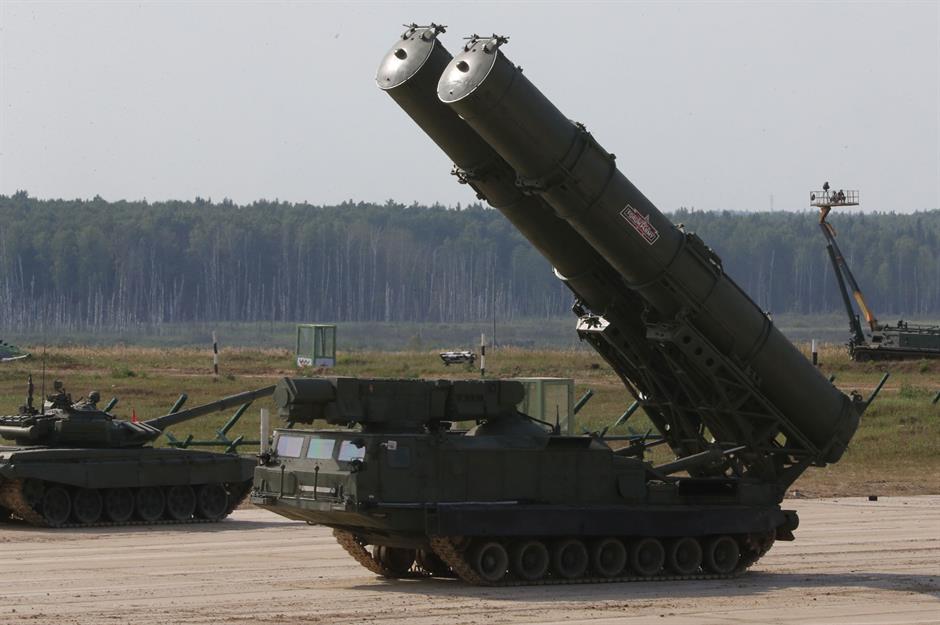
Some reports even went as far as to suggest that Russia would almost completely run out of weapons by the end of 2022, with guided missiles, artillery shells, and armoured vehicles in particularly short supply. Under this scenario, the Russian armed forces would have to be extra resourceful to have any hope of continuing the war, let alone winning it.
But more recent reports have suggested these rumours won't turn out to be true. According to the Estonian Foreign Intelligence Service earlier this month: "For now, there is still enough fuel to keep the war machine going. Russia will not run out of cannon fodder, Soviet-era armaments or propaganda-induced imperialism any time soon."
Purchase bars

Russia could have all the gas and oil revenue in the world at its disposal, but that doesn't count for anything if the country is barred from buying what it needs to continue fighting.
Yes, it might be able to source some of the microchips and other materials it requires illicitly but, as one of the authors of the Yale report noted, an economy can't be based on smuggling. It simply isn't sustainable.
Bleak future?
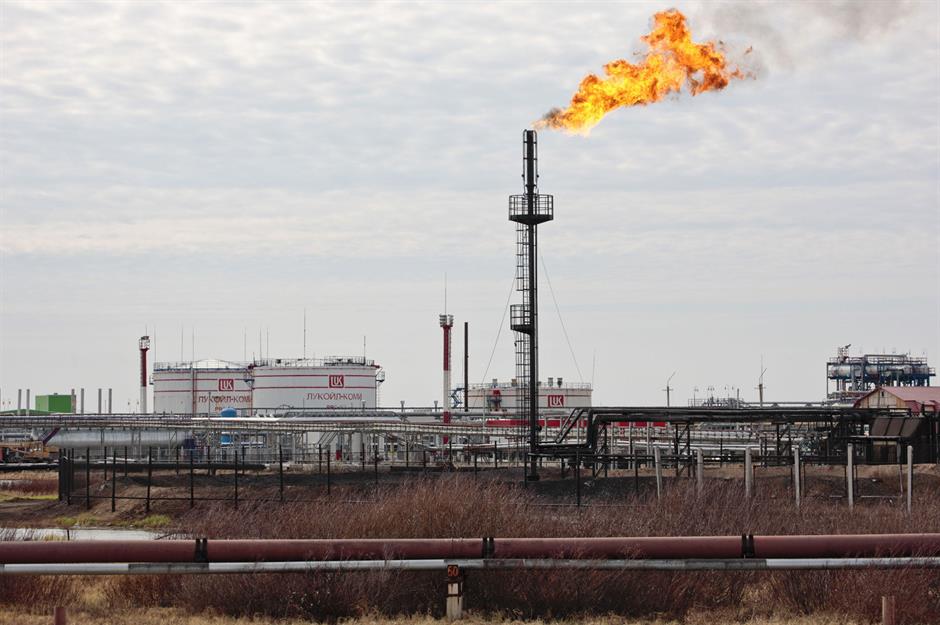
The ban on exporting Western machinery and parts to Russia is likely to eventually undermine its two big money-spinning industries, oil and gas, which also rely on components manufactured in the West to function successfully.
Considering the latest Western sanctions have included a price cap on Russian oil, things should only get tougher for the nation. But according to a note from Goldman Sachs, reported by City A.M., Moscow has been cushioned by the fact that trade partners have consistently been paying above the quoted price for Russian crude oil.
Sanctions success
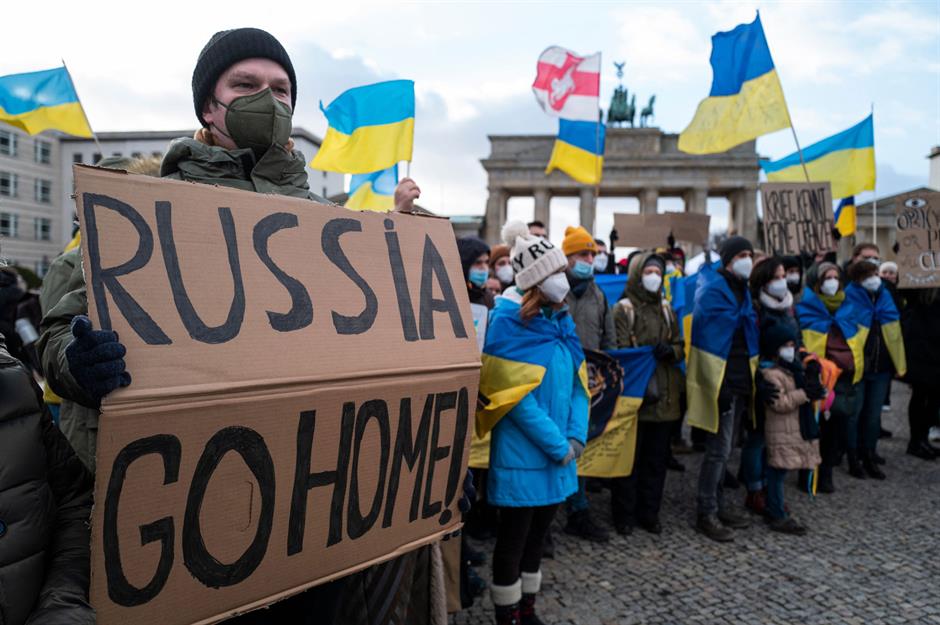
While Russia hasn't totally collapsed, it seems the sanctions that the West has imposed are starting to have the desired effect – with hopes that they'll really bite in the coming years.
Russia has shot itself in the foot. After spending years building gas and oil pipelines to EU countries, those customers are now determined to go elsewhere. And those customers aren't so easily replaced: without the requisite pipelines and other infrastructure, selling, selling oil and gas to other states will be both difficult and devastatingly expensive.
While gas and oil revenues are likely to fall in the medium term, the Russian economy and war machine are already being severely degraded by the West's export bans on technologies.
Even with an extra 300,000 troops, it might just be a matter of time before Russia finds itself unable to continue with the invasion – as long as the Western nations maintain their resolve, of course. As economist Dr Janis Kluge of the German Institute for International and Security Affairs put it when talking to The Moscow Times: "The Russian economy has survived 2022. But we cannot yet say that it survived the sanctions because they are still unfolding."
Now discover which countries are still doing business with Russia
Comments
Be the first to comment
Do you want to comment on this article? You need to be signed in for this feature